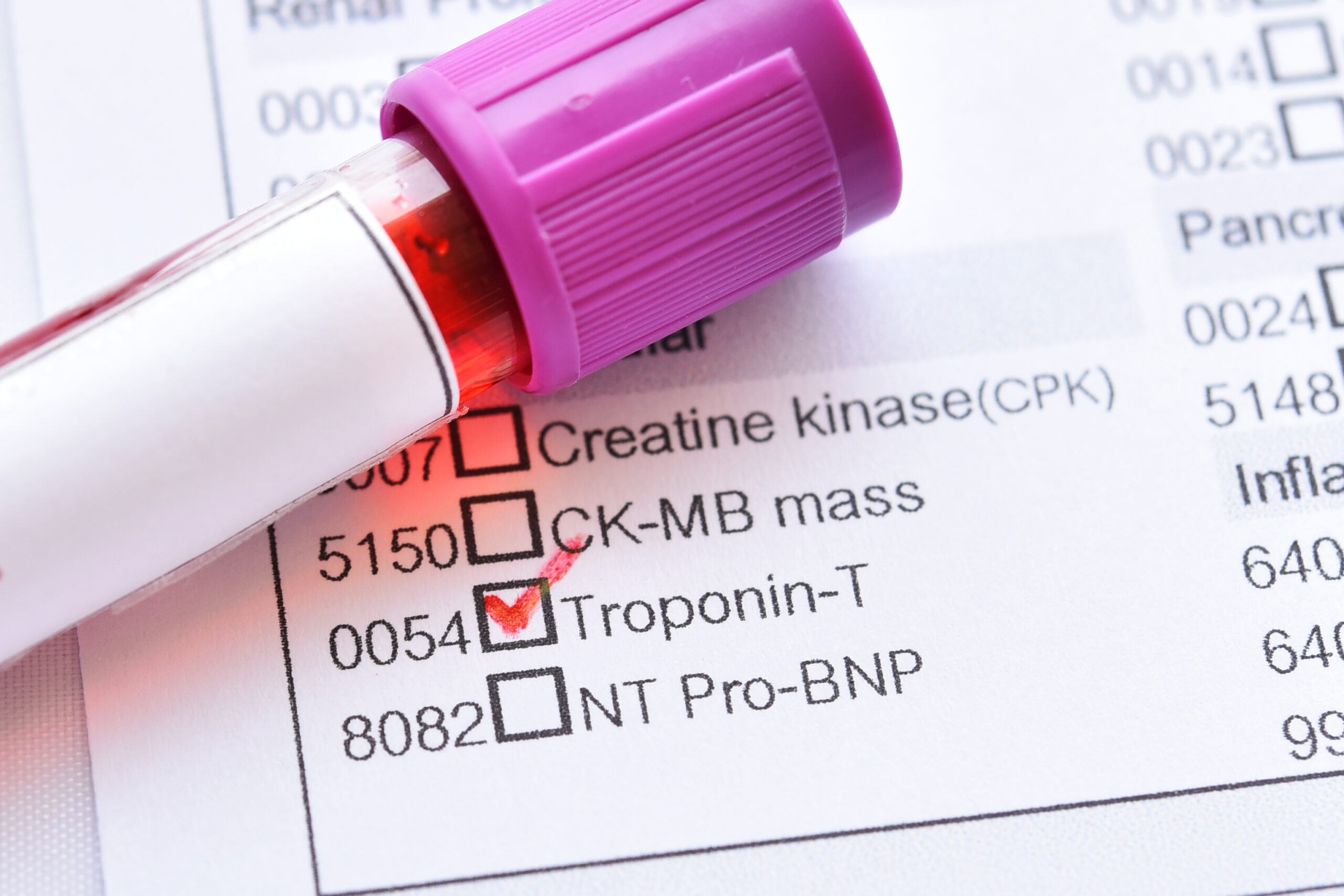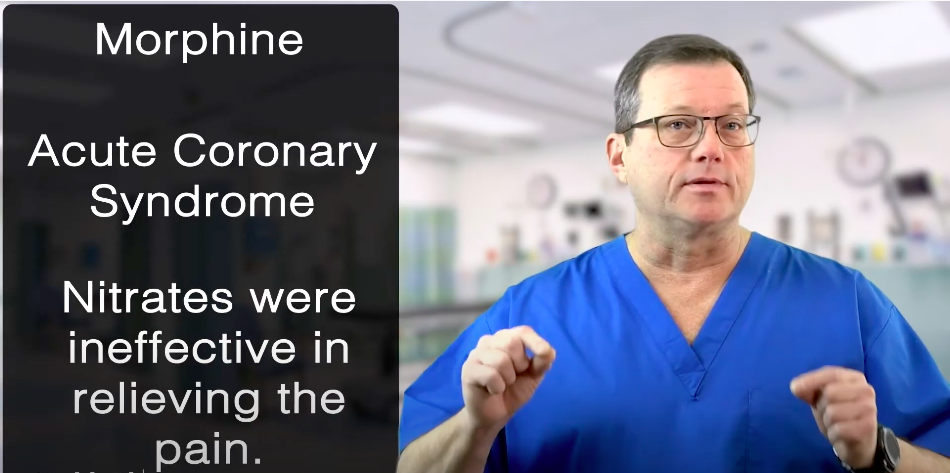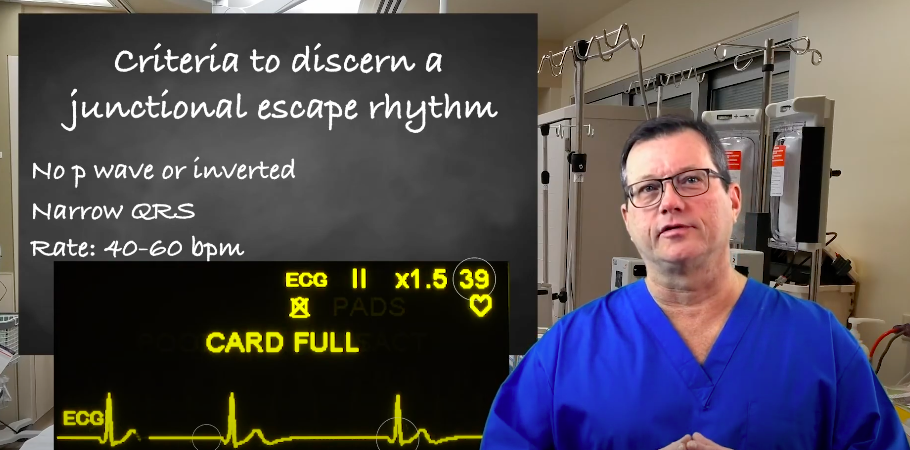Acute Coronary Syndrome – Managing NSTEMI and Low Risk ACS
ACLS Certification Association videos have been peer-reviewed for medical accuracy by the ACA medical review board.
Article at a Glance
- NSTEMI and low risk ACS patients have ST depression or dynamic T-wave inversion.
- Clinicians should consider early invasive strategies in high-risk patients and those with elevated troponins.
- Low-risk patients should be admitted for observation and administered serial troponins and cardiac monitoring.
Acute Coronary Syndromes Algorithm
The NSTE-ACS category is characterized by ischemic ST segment depressions 0.05 mV or greater (1 1/2 small boxes or greater) or T-wave inversion with chest discomfort.1 Transient ST elevations greater than 0.05 mV lasting fewer than 20 minutes are placed in this category. STEMI patients with onset of symptoms greater than 12 hours also fall into this category.
When the patient’s cardiac troponin levels are elevated, or the patient is considered high-risk, clinicians may pursue early invasive strategies.2 Patients must experience refractory ischemic chest discomfort despite initial management. They will show persistent ST deviation or develop ventricular tachycardia with concomitant hemodynamic instability and signs of heart failure.

Cardiac troponin proteins are released when the heart is damaged.
Clinicians should also administer adjunctive therapies.
Read: Acute Coronary Syndrome – Managing STEMI
The low or Intermediate ACS risk group includes patients with normal ECGs and non-diagnostic changes in ST segments or T-wave findings. They require serial cardiac studies (i.e. repeat troponins) and other functional tests.3 These patients should be admitted to the ED or a ward for further testing and monitoring. Patients with low to intermediate-risk ACS should be admitted to the emergency department or ward for further testing and monitoring.Low to Intermediate Risk of Acute Coronary Syndrome

Related Video – Understanding the Acute Coronary Syndrome Algorithm
NSTEMI and low-risk ACS patients have ST depression or dynamic T-wave inversion. High-risk patients or those with elevated troponin are also included and clinicians should consider early invasive strategies for these patients. Low-risk patients should be given serial troponins and cardiac monitoring.Summary
More Free Resources to Keep You at Your Best
Editorial Sources
ACLS Certification Association (ACA) uses only high-quality medical resources and peer-reviewed studies to support the facts within our articles. Explore our editorial process to learn how our content reflects clinical accuracy and the latest best practices in medicine. As an ACA Authorized Training Center, all content is reviewed for medical accuracy by the ACA Medical Review Board.
1. Kjell Nikus, Yochai Birnbaum, Markku Eskola, Samuel Sclarovsky, Zhan Zhong-qun, and Olle Pahlm. Updated Electrocardiographic Classification of Acute Coronary Syndromes. Current Cardiology Reviews. 2014.
2. B. Zwart, J. M. ten Berg, A. W. van ’t Hof, P. A. L. Tonino, Y. Appelman, A. H. Liem, F. Arslan, J. Waltenberger, J. W. Jukema, R. J. de Winter, and P. Damman. Indications for an early invasive strategy in NSTE-ACS patients. Netherlands Heart Journal. 2020.
3. JACC Journals. Guideline for the Evaluation and Diagnosis of Chest Pain. 2021.

